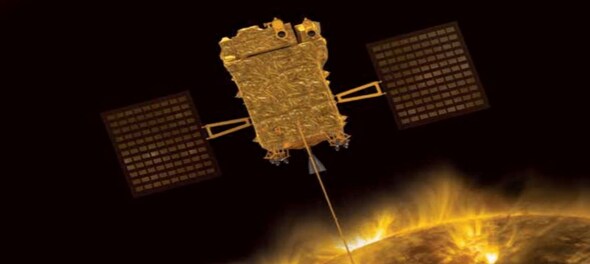
The Indian Space Research Organisation (ISRO) is all prepared to launch India’s first solar mission Aditya-L1 from Satish Dhawan Space Centre in Sriharikota, Andhra Pradesh, on September 2. Ahead of the launch, ISRO has invited citizens to watch the launch of Aditya-L1 at Sriharikota.
In a tweet, ISRO shared a brief detail of the spacecraft along with its scheduled time and the link to registering to witness the launch.
🚀PSLV-C57/🛰️Aditya-L1 Mission:
The launch of Aditya-L1,the first space-based Indian observatory to study the Sun ☀️, is scheduled for🗓️September 2, 2023, at🕛11:50 Hrs. IST from Sriharikota.Citizens are invited to witness the launch from the Launch View Gallery at… pic.twitter.com/bjhM5mZNrx— ISRO (@isro) August 28, 2023
Those interested in witnessing the launch of the Aditya-L1 mission can register themselves on the official link shared by ISRO. The registrations for the visitors have already begun from August 29. Here are the steps to get registered for attending the event at Sriharikota.
How to register for Aditya L1 launch?
In addition to witnessing the launch from the Launch View Gallery at Sriharikota, the visitors will also be able to visit the Space Museum of the centre which has the history of the Indian space programmes and other future planning of the apex space exploration agency.
However, the Aditya L1 is going to be the first space-based observatory class Indian solar mission to study the Sun. The spacecraft is planned to be placed in a halo orbit around the Lagrangian point 1 which gives the name L1. It is about 1.5 million km from the Earth. L1 is a unique point because this will not only allow Aditya-L1 to save its fuel but will also provide a view of the Sun to the spacecraft. This ensures that the Aditya-L1 spacecraft will not face any occultations or eclipses during its five-year mission.
According to ISRO, the Aditya-L1 spacecraft is well-equipped with seven payloads. These payloads will be used to study coronal mass ejections, solar flare activities, propagation of particles and fields, the problem of coronal heating, the physics of the solar corona, the magnetic field dynamics in the solar corona and coronal plasmas as well.
The mission stands out from others as it is going to be the first time spatially resolving the solar disk in the near UV band. Additionally, the onboard intelligence will detect CMEs and solar flares for optimised observations and data volume.
(Edited by : Sudarsanan Mani)
Check out our in-depth Market Coverage, Business News & get real-time Stock Market Updates on CNBC-TV18. Also, Watch our channels CNBC-TV18, CNBC Awaaz and CNBC Bajar Live on-the-go!


Lok Sabha Election 2024 — how regional parties are challenging national giants in Phase-4
May 15, 2024 6:17 AM
Supreme Court refuses plea seeking 6-year poll ban on PM
May 14, 2024 7:14 PM
Punjab Lok Sabha elections 2024: A look at BJP candidates
May 14, 2024 7:06 PM
Lok Sabha polls: EC disposes of 90% complaints related to MCC violations
May 14, 2024 4:45 PM

